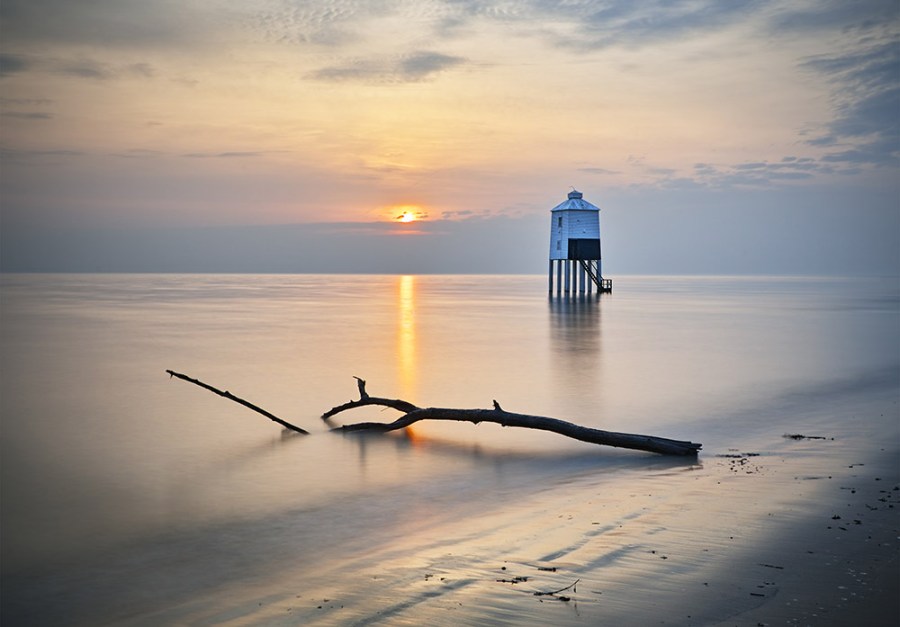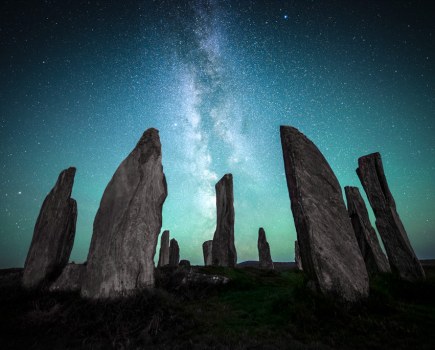Why compose your landscape images in a square format? Three top photographers with different approaches share their creative reasons with Claire Gillo.
Square Format Landscape Photography: Jonathan Chritchley

Jonathan’s top 3 tips for square format landscapes:
- Crop your existing pictures square to see if you like it and to find out what works.
- If your camera has an in-camera square format feature, set it up.
- Shoot wider than you normally would to allow you to crop in square.
Jonathan Chritchley is lucky enough to reside in the glorious warm climate of the South of France, however he was born in the UK in the sprawling urban suburbs of Wimbledon in London. At the age of 14 Jonathan moved to a small sailing town called Lymington on the south coast of England and it was here the photographer became infatuated by the water. ‘The water has always been very close,’ he says. ‘The sea is very important to me.’
Jonathan doesn’t tie himself to one genre of photography, and his work crosses from seascapes, to wildlife (mainly horses) and sailing boats. Most of his images however are united by the water, a black & white finish and a square image crop. Shooting in square is something Jonathan feels comfortable with as he comes from a film background. ‘I used to work with a Hasselblad 6×6 square format film,’ he says. ‘Once I got into digital I was using a 35mm format but it didn’t quite feel right.’
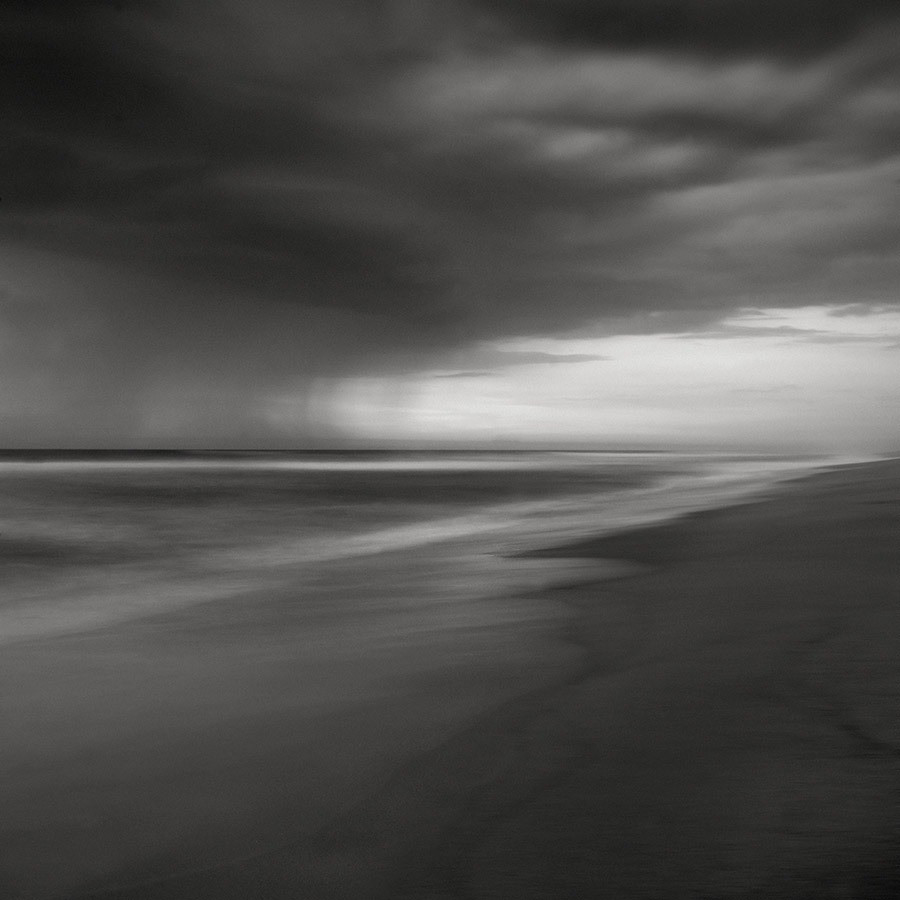
Jonathan continues to explain that at first the purist in him felt like it would be fake and dishonest to mess around with the aspect ratio of his images. After struggling for a while Jonathan listened to his gut and started to crop his digital images to square. ‘As a photographer you have to follow your preferences and those strong feelings of what you personally like into your photography.’
Jonathan takes his square format images on his Nikon D850 and for the time being he is very happy with his set-up. ‘I’m not really interested in going mirrorless at the moment,’ he states. ‘I like big, heavy cameras.’ For Jonathan when he’s precariously standing on a moving boat or trying to steady himself as he tracks a moving horse he finds having a heavy camera body balances him.

‘It weighs me down in a good way,’ he says. Jonathan says he has three Nikon camera bodies and they get a good smashing about. ‘They’re bulletproof!’ he jokes. As for lenses Jonathan has a range of Zeiss and Nikon brands in his collection. ‘I always carry with me the Nikon 24-70mm f/2.8. It’s fantastic – I love it.’ He finds this lens particularly useful for shooting moving matter such as sailing boats and horses. Jonathan also highlights his fixed Zeiss Distagon 21mm F2.8 from his collection for taking his seascapes. ‘It’s quite old now,’ he says, ‘but it’s still brilliant.’
If you’re interested in shooting square format images yourself Jonathan leaves our interview with some great advice. ‘Start by cropping your existing images square and learn from that,’ he counsels. ‘On a rainy day go through your back catalogue and move the square crop around in the frame. Start to see how you can place things effectively in the frame.’
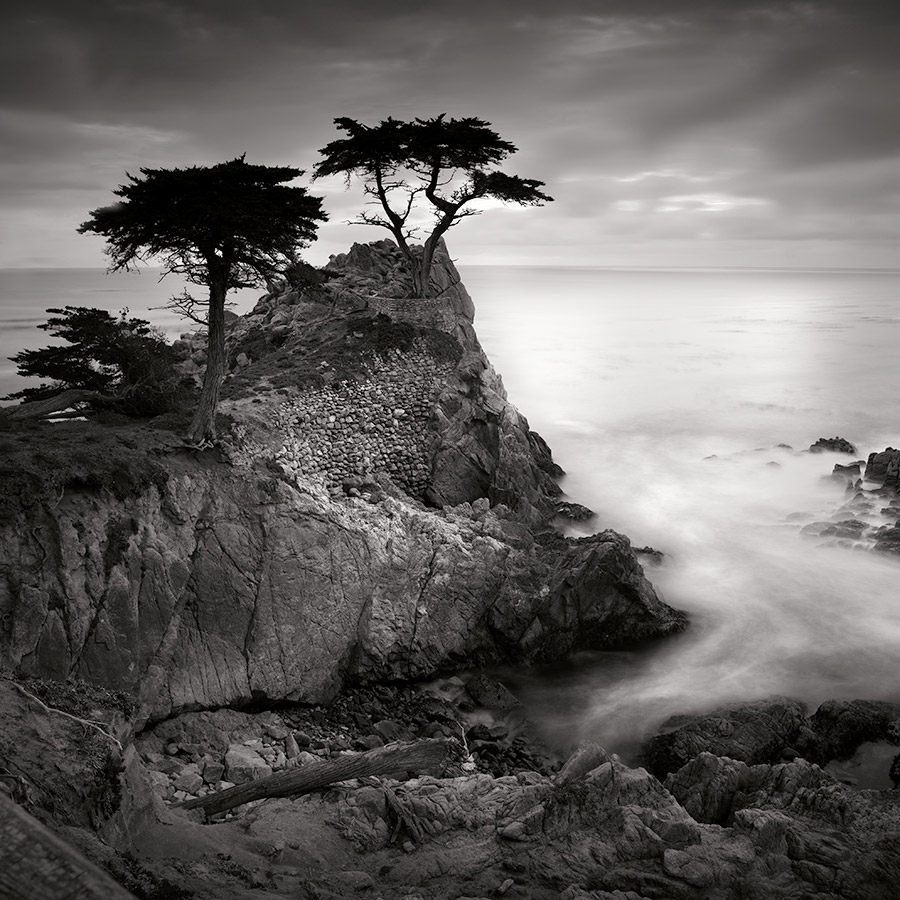
For those with cameras that cannot shoot square Jonathan advises to frame your compositions wider. ‘Some people like to compose in portrait format, and chop off the top and bottom of the image, and some like to compose in a landscape orientation, which is what I tend to do. Either way works,’ he continues. ‘It’s a case of leaving enough space, because if you’re going to chop the sides off then you want to make sure there’s nothing crucial left out of your composition.’
About Jonathan Chritchley
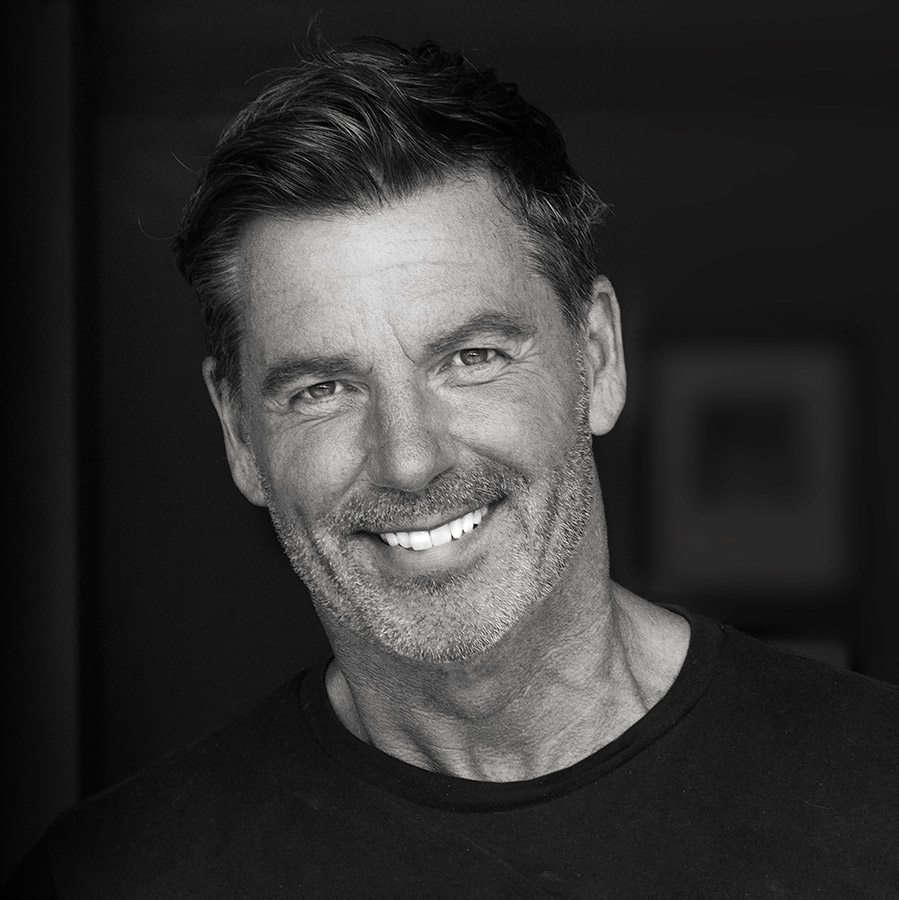
Jonathan Chritchley is a fine art photographer whose many prestigious clients including Ralph Lauren and Vogue. He is known for his artistic approach to seascapes, sailing and wildlife. Jonathan is the founder and owner of Ocean Capture, which specialises in luxury photography tours. Visit his website and follow him on Instagram: @jonathanchritchley and @oceancapture.
Square Format Landscape Photography: Beata Moore
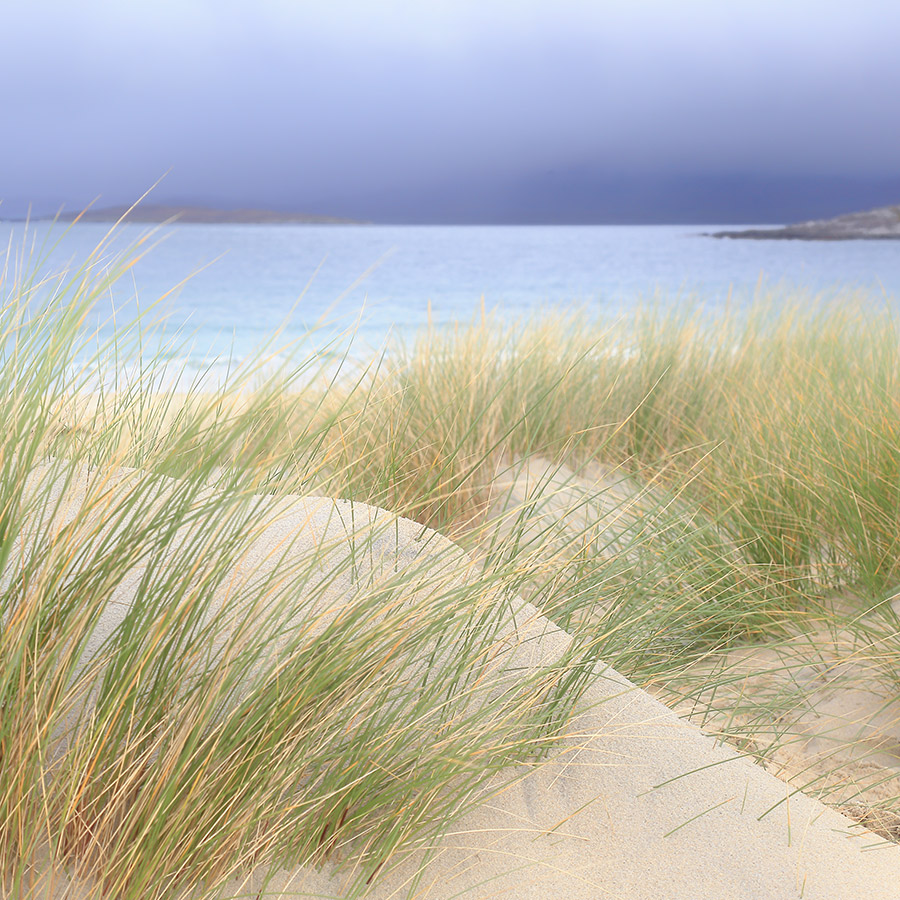
Beata’s top 3 tips for square format landscapes:
- When creating square images, a sense of order and harmony is very important, so simplify your composition.
- Square formats are ideal for central placement, but also for placement near any edge of the frame, so be bold with your composition.
- Don’t be afraid of using negative space around the subject – it can improve the image significantly.
-
Beata Moore is inspired by the sea, geology, nature, and architecture. ‘I like to observe light, colour, lines and patterns in the landscapes,’ she says. Beata has always had a keen interest in nature, and attained a postgraduate degree in botany. ‘At first, many of my photographs showed the natural world, especially trees. To this day I am still enchanted by the timeless beauty of the trees,’ she continues. ‘However, soon into my photographic career I established a preference for seascapes and waterscapes. I am particularly drawn to the subtleties of smaller details of landscape providing me with endless patterns, shapes and textures.’
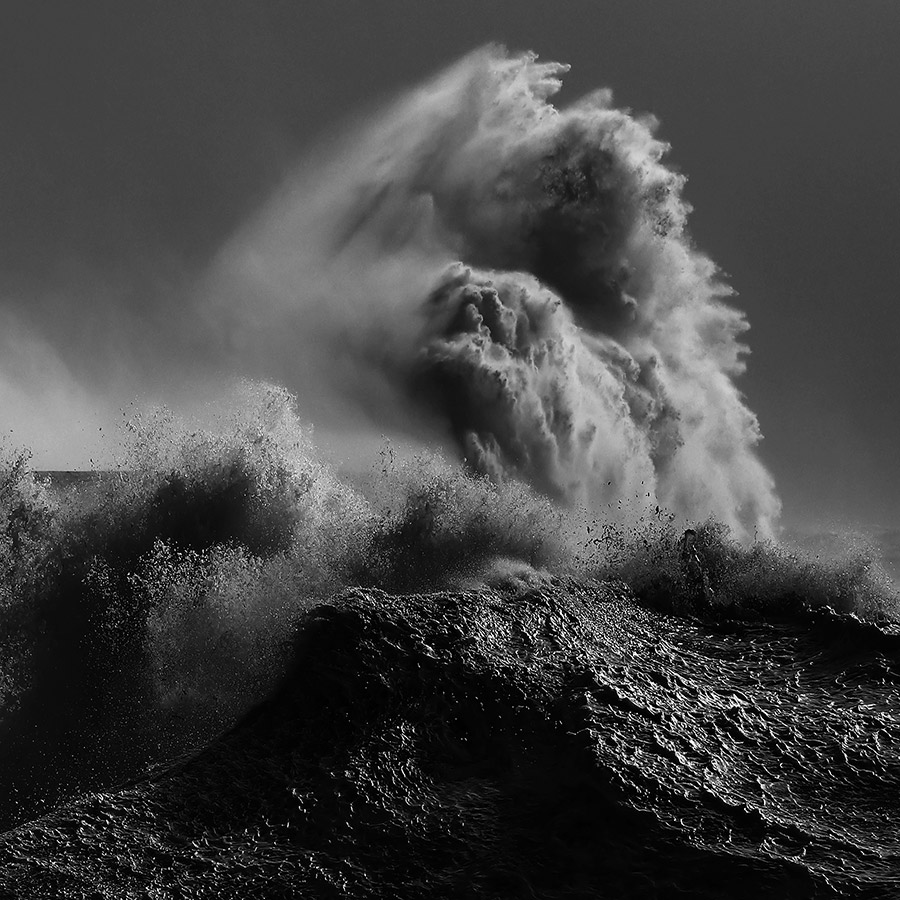
Having learnt her craft with film cameras, both 35mm and medium format, she now works exclusively with digital. ‘Last year I switched from Canon DSLRs to Canon mirrorless bodies,’ she tells us. ‘Most of my lenses are Canon, from a wide-angle to a 400mm. My Canon EOS RP with the RF 70-200mm f4 L IS USM lens is my lightest and most favourite set-up at the moment.
The RF 70-200mm lens isolates key elements within the landscape well, and most importantly it has great centre sharpness. It nicely flattens the perspective and opens up a world of endless patterns and shapes that are hard to notice with wider lenses.’
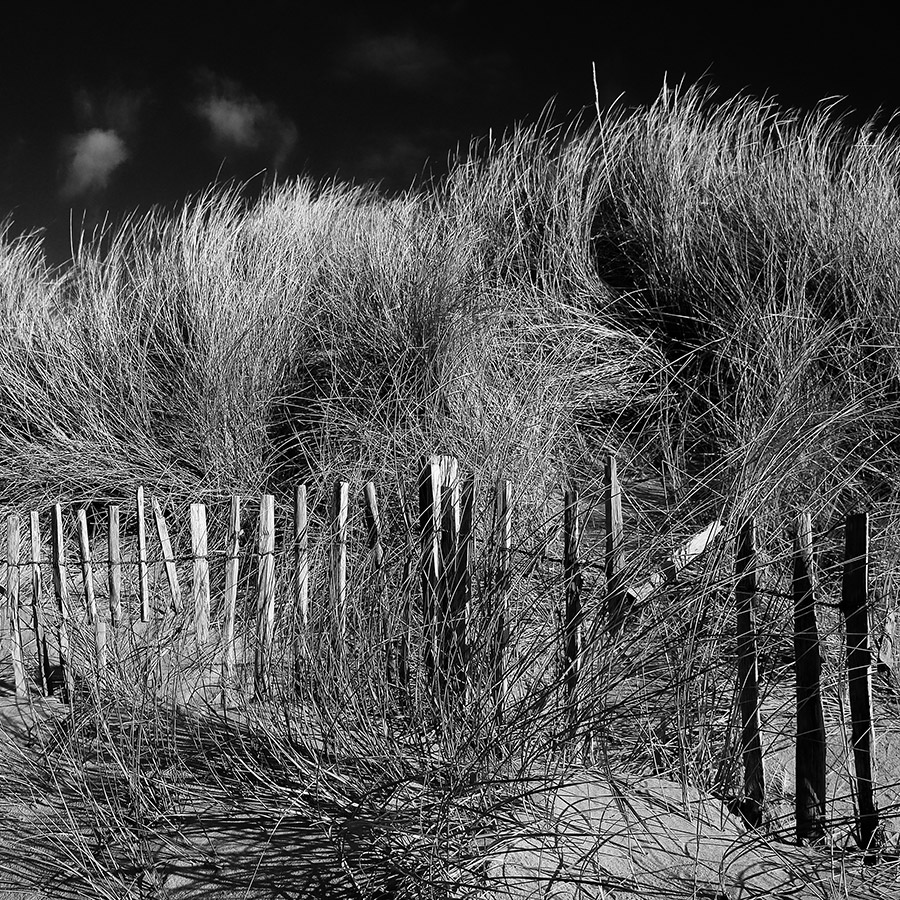
Growing up, Beata found there were always cameras around at home. ‘My father’s old Pentacon Six was my very first camera I used as a teenager. It was a cumbersome camera made in East Germany in the ’70s. Mastering film loading took me ages, and it was so heavy that I constantly complained! Nevertheless, I loved seeing the world in what felt like three-dimensional glass of the waist-level viewfinder. Framing the image was exciting – seeing sharp 6×6 squares with plenty of details, was just pure joy.’
When it comes to shooting square with digital Beata prefers not to take the shot square in camera but rather alter this at the editing stage. ‘Cropping at the post production stage gives me more flexibility and occasionally, new ideas regarding the crop,’ she tells us. ‘Also, sporadically, I create two images from just one frame.’ She continues to describe how this can be useful for exhibiting two images with similar colours and feel, or for creating diptychs. Beata often exhibits her images in galleries and she finds the square format to not only work well as a stand-alone image but also in a set of two or three.
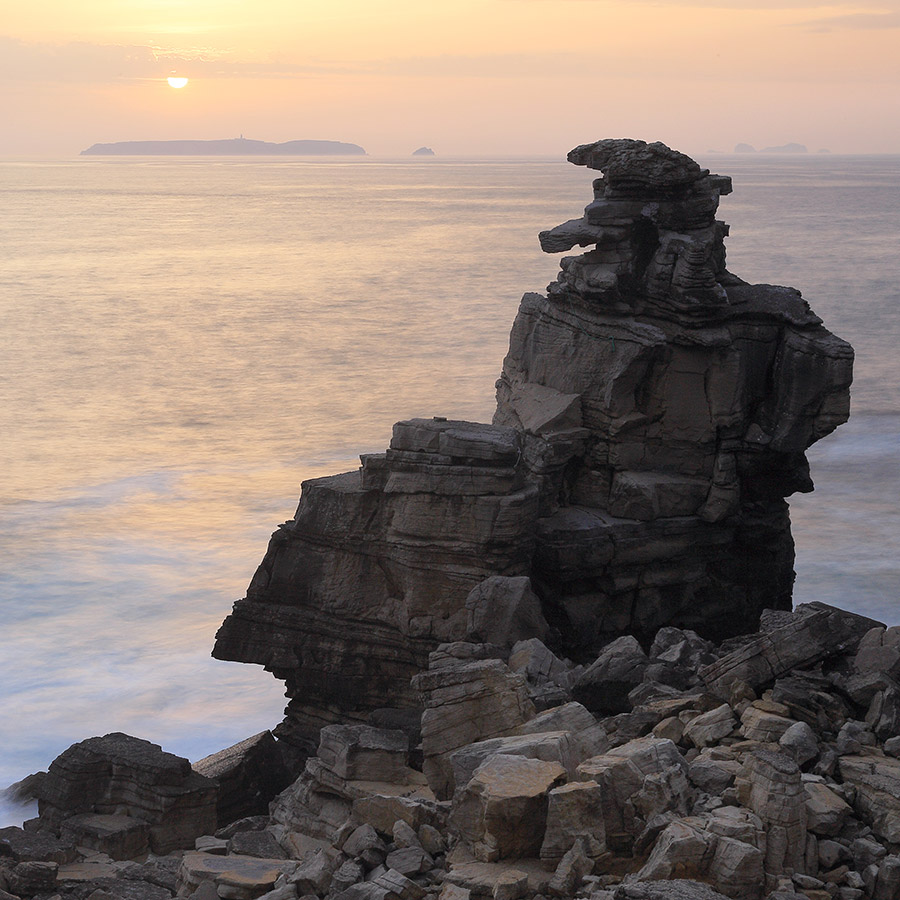
Beata finds the square format fits in better with her approach to photography as it captures intimate landscapes, less literal scenes, and the abstracts that she often shoots. ‘It also hugs images giving them this neatly “boxed” feeling,’ she says. ‘The way we look at squares is different from rectangular images, as all the sides of a square have an equal weighting, so our eye moves around the frame in a circular motion, rather than linear,’ she continues.
‘Squares require a little bit more effort and often more simplicity when composing, so be sure to concentrate on the main subject and its placement. Remember that square is not an ideal format for everything, however, and even when the preference is strong, it may not be suitable for all our photographs.’
About Beata Moore

Beata Moore is a photographer and writer living in Kingston-upon-Thames, England. She is the author of five coffee-table books and two visitor guidebooks. Currently she is working on her eighth book, Photographing Surrey and Sussex, for fotoVUE publishers, which will be available next year. Find out more on her website and follow her on Instagram, Facebook and Twitter.
Square Format Landscape Photography: Lea Tippett

Lea’s top 3 tips for square format landscapes:
- Start by practising. Set your mobile phone to square and have a go.
- If you can set your camera to shoot square then do so. You can see your compositions as you shoot.
- Take a small light square frame around with you. This could simply be made from a piece of cardboard or plastic.

Lea Tippett started his photographic journey in the early days of digital and has since grown with the technology and medium. Trying his hand at whatever came his way to begin, Lea found he was no good at taking portraits but was pulled towards the landscape genre and nature. It was from there his practice evolved. ‘I’m very fortunate as I’ve been an ambassador for Sigma for over ten years now,’ Lea tells us. ‘I’ve always stuck with the Sigma cameras and lenses as well.’
Currently Lea shoots on a Sigma fp and fp L camera bodies, and has in his bag a range of Sigma lenses including his number one choice for his landscapes, a Sigma Art 14-24mm f/2.8 DG DN. ‘It’s a lovely lens,’ he tells us. ‘It’s nice and bright and sharp at the corners as well… But obviously I cut off the corners anyway!’ he laughs. For Lea he likes to compose and shoot his square images in camera.

‘I do this rather than processing, purely because I can,’ he says. ‘It’s more convenient as I can see what I’ve got on screen rather than having to chop and change the image around after.’ To hunt for the ideal composition before Lea even gets his camera out, he uses a square plastic window. ‘I’m a bit of an old fuddy-duddy!’ he laughs.
‘I cut myself a little plastic square window, which I take around with me. People must look at me and think what the hell’s that guy doing?’ he laughs again. ‘In all seriousness though, it’s easy because you can take the square in your camera bag, pop it out and place it in front of you, and see straight away how an image will work. I also use my iPhone to do this, which I’ve set to square.’

For Lea, his journey to shoot square was something he tried simply because he was inspired to do so. ‘Some of my favourite photographers shoot that way,’ he says. ‘Photographers like Bruce Percy in particular. I’ve got a lot of time for his work. His work is like poetry – it’s more than just a photograph.’ As for his own practice, Lea finds the square format to be more compositionally forgiving. ‘As far as where you place the subject, you don’t necessarily have to work to the rules,’ he reveals.
‘The rules are far more relaxed. I also find square images have more of an artistic appeal, and this retro look, which is something I like.’ Lea also finds it appealing that his square landscape scenes separates him in what is a highly competitive industry. ‘A few years back, I realised my photography was similar to everybody else. I was taking images 3:2, which is fine, but I wanted my work to be set away from the norm.

‘I wanted to develop and be known for my own look. I’m not saying I’m the only one who shoots square – far from it – just that fewer people tend to, which is another appeal for me.’
About Lea Tippett

Lea Tippett is a landscape photographer and Sigma ambassador based in the South West of the UK. He has much experience photographing this part of the world as well as travelling further afield to many places including Scotland, Ireland, and Wales. Find out more at his website and follow him on Instagram and Facebook.
We regularly share landscape photography guidance here, but check out our guide to Landscape Photography to get you started.
If you want to know what equipment to use, check out our guides to the best cameras for landscape photography, as well as the best wide-angle lenses for capturing landscapes.
You can also test your landscape skills further by black and white landscape photography or fine art landscape photography.
See more landscape inspiration here and through these landscape photography books.
Further reading:
- Top tips on how to take great vertical landscape photos
- How to take the minimalist approach to landscapes
- Guide to Landscape Photography
- How to use filters for better landscapes
Follow AP on Facebook, Twitter, Instagram, YouTube and TikTok.

